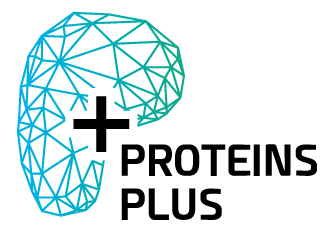
The aim of ProteinsPlus is to support life scientists in working with protein structures. Protein structures are the key for an understanding of function. They are an important resource in many biotechnological application areas from pharmaceutical research to biocatalysis. ProteinsPlus has its focus on protein-ligand interactions. The server provides support for the initial steps when dealing with protein structures, namely structure search, quality assessment, and preprocessing. Furthermore, advanced options, such as protein pocket detection, ensemble generation or prediction of metal coordinations are supported. All tools are developed in the Computational Molecular Design Group (AMD) headed by Matthias Rarey. Currently, ProteinsPlus allows you to:
- Measure and visualize electron density support for individual atoms and structural units (EDIA)
- Screening of structures based on selection criteria (StructureProfiler)
- Visualize structures and create 2D pose depictions (PoseView)
- Predict protonation and tautomerization, place hydrogen atoms (Protoss)
- Generate SMILES notations for small molecules in PDB files
- Predict binding sites and estimate their druggability (DoGSiteScorer)
- Search for alternative binding site models and conformations and generate aligned protein structure ensembles (SIENA)
- Classify the interaction type of protein-protein complexes (HyPPI)
Prediction of coordinates of metals in metalloproteins (METALizer)
- Placement of water molecules in the active site (WarPP)
- Find structural data of the PDB to activity values stored in the ChEMBL database (ActivityFinder - alpha release)
- Textual, numerical, and chemical 3D searching in the PDB (GeoMine)
Tutorial videos can be found here: https://proteins.plus/help/tutorial

